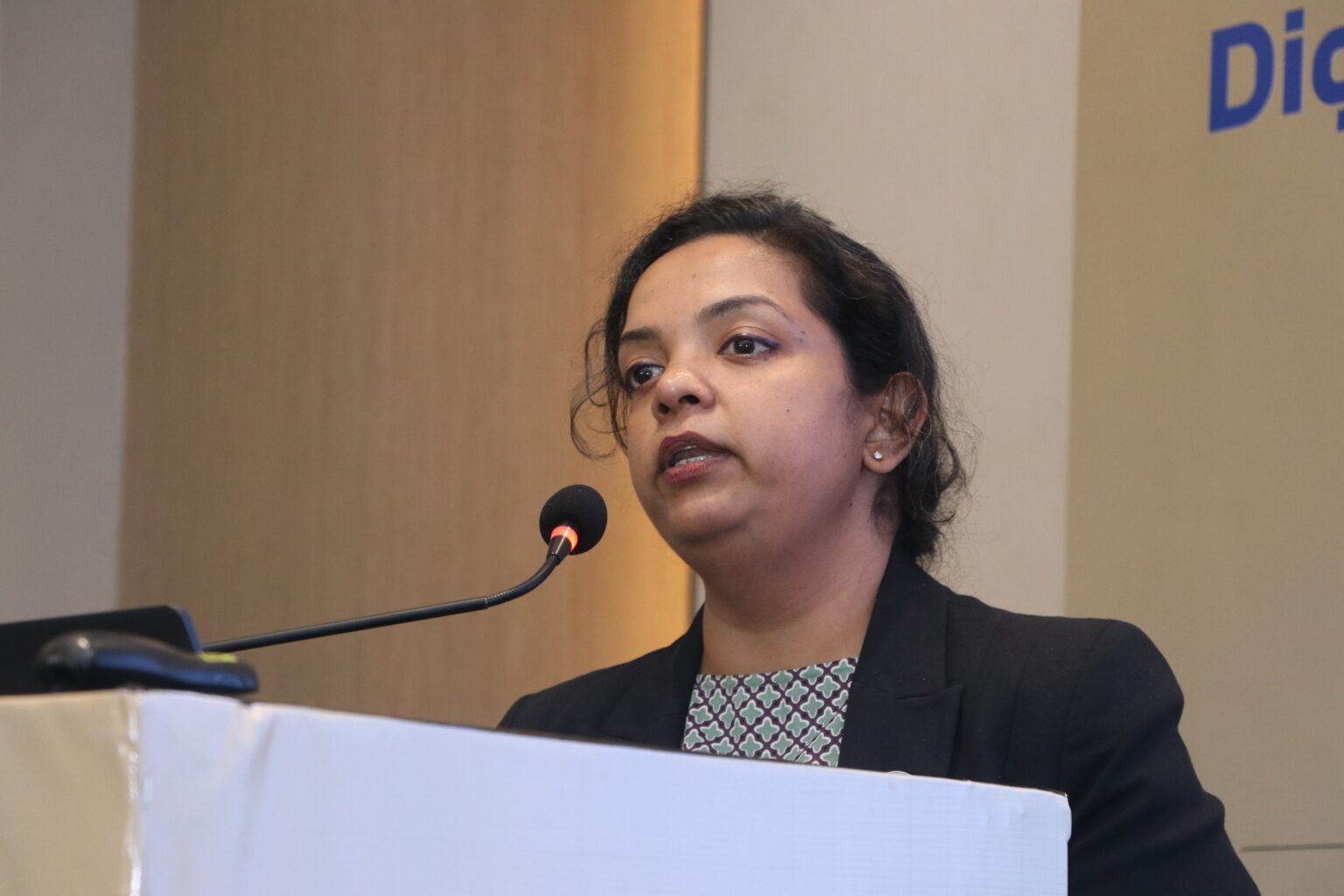As Indian startups mature, many find themselves at a critical juncture: grow further on venture capital and private equity, or consider the leap into public markets. In a compelling session at the Digital Renaissance Summit, Parvathi Moorthy, CFA and Associate Vice President at the National Stock Exchange (NSE), offered a clear-eyed and actionable blueprint for founders eyeing this transition.
Her central message was unambiguous: India’s capital markets are no longer just for large conglomerates or family-run enterprises. With the right financial foundation and governance mindset, even mid-stage startups can now use public markets to raise capital, attract talent, and build enduring institutions.
Since its inception in 2012, NSE’s SME platform, NSE EMERGE, has enabled over 600 companies to go public, raising approximately ₹18,000 crore cumulatively. Even more striking is the scale of value creation: these companies today command a combined market cap of over ₹2 lakh crore. It’s a quiet revolution, one that’s only beginning to pick up steam.
In fact, the rate of IPO activity has skyrocketed. While it took a decade to list the first 300 companies, the next 300 were listed in just under two years. 2024 alone witnessed over 160 listings, reflecting a growing institutional appetite and a more mature ecosystem of founders, investors, and market intermediaries. But NSE EMERGE is not for everyone and Parvathi was clear about that. This is not a platform for early-stage, pre-revenue, or product-market-fit companies. It’s designed for profitable, operationally sound businesses looking to scale without over-leveraging or diluting too early.
The updated eligibility norms, as of March 2025, reflect this maturity. Companies must demonstrate at least ₹1 crore in operating profit over the past three years. They should have positive Free Cash Flow to Equity (FCFE), indicating cash-generating operations, not just accounting profits. And they must maintain clean, compliant structures with no major pending litigation or regulatory grey zones.
For founders, the listing journey begins long before the IPO date. It involves appointing a merchant banker, who acts as a lead advisor for structuring, valuation, and regulatory compliance. Then comes the preparation of a DRHP, or Draft Red Herring Prospectus, a 300+ page legal, financial, and narrative document that outlines the company’s business model, growth strategy, risk factors, and promoter background. This is followed by obtaining in- principle approval from NSE, a stage that can take several weeks but is critical for scheduling the IPO date. The final step is the public offer and allotment, a 3-10 day window once the IPO opens, with specific allocation norms for institutional, HNI, and retail segments.
Once listed, the responsibilities don’t end, they evolve. Listed startups are required to publish half-yearly financials, adhere to governance disclosures, and report material events transparently. However, the benefits are significant. Startups gain access to growth capital through equityfinancing without interest burden or fixed repayment schedules. They enjoy greater brand visibility, as being a listed company increases credibility with customers, partners, and talent.
Founders can partially exit while retaining strategic control. And listing provides a currency, stock, that can be used for acquisitions, joint ventures, or global expansion. Parvathi also pointed out that while the public markets are more open than ever before, regulators are simultaneously tightening protections for retail investors, ensuring only serious, accountable companies make it to the platform. Measures like minimum lot sizes of ₹2 lakh ensure retail exposure is deliberate, not speculative. Promoter lock-ins and exit caps, such as a maximum 20% exit at IPO, align interests post-listing. And cooling-off periods for recent LLP-to-company conversions preserve transparency and investor confidence.
Interestingly, there’s a growing base of investors, HNIs, mutual funds, alternate investment funds, actively participating in SME IPOs. Many see it as a way to discover future leaders before they migrate to the main board. In fact, successful EMERGE-listed companies can graduate to NSE’s main exchange, provided they meet financial and governance thresholds.
For founders, that makes listing not just a funding milestone, but a strategic asset. It signals long-term ambition, attracts institutional stakeholders, and puts pressure on the business to build robust internal processes.
As Parvathi aptly put it: “Going public is not the end. It’s the beginning of building a truly accountable, durable company.”
Key Takeaways for Founders
It’s viable. You don’t need to be a unicorn. You need clean books, positive cash flows, and growth clarity.
It’s demanding. Prepare for documentation, disclosures, and investor scrutiny. Get the right legal and merchant banking partners. It’s transformative. Equity without debt, visibility without burn, and control without dilution.
Final Word: In an era where founders are increasingly looking beyond venture capital, public markets offer a potent alternative, one grounded in transparency, discipline, and sustainable growth. From a garage startup to a publicly traded company, the NSE EMERGE platform provides a credible launchpad.
The message is clear: If your fundamentals are strong and your vision is long-term, it’s time to take the leap.
Watch the full episode here: https://youtu.be/dWzf6d8aZY0

